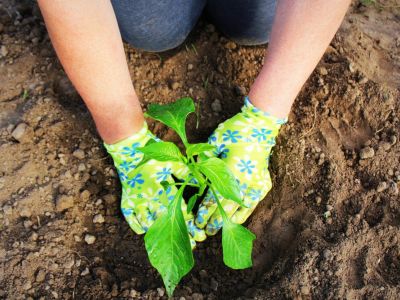June Planting in the Northern Rockies
For the purposes of this article, planting in the Northern Rockies and Great Plains gardening refers to Montana, Wyoming, and North and South Dakota, although other states may be included in the broader term of the Northern Rockies. All four of the above states have a shorter growing season — all the more reason to jump on getting plants started, and run to USDA zones 3-6.
General Great Plains Gardening Tasks for June
When spring is almost over and summer is nigh, June is the time to tidy up spring bulbs and perennials, plant out the veggie garden, and if you haven’t already, make sure your garden tools are in good working order.
As bulbs fade, gently remove the spent blooms but leave the green intact until they have yellowed. Remove spent flower heads from other spring bloomers and perennials and prune forsythia, spirea, lilac and viburnum. June is also a great time to propagate these perennial shrubs by rooting a softwood cutting. Set out your warm season vegetables such as beans, cucumbers and squash. Mulch around plants to slow weeds and retain moisture.Keep up with the weeding and while you’re at it, keep an eye out for pests.
What to Plant in June
Montana and Wyoming cover USDA zones 3-6. June planting in these Northern Rocky states encompasses annual color spots and the last of the vegetable plantings. Depending upon your region, veggies may have been started for later transplant as early as March or as late as May. If you haven’t yet gotten seedlings in the ground, now is the time to transplant beans, Brussels sprouts, cabbage, cauliflower, corn, cucumber, onions, peppers, squashes and tomatoes. North and South Dakota encompass USDA zones 3-4 and 3-5 respectively, a bit cooler than Montana which means that more crops can be direct sown in June rather than just transplanted. In zone 3 crops such as beans, beets, broccoli, Brussels sprouts, cabbage, carrots, cauliflower, cucumber, kale, lettuce, peas, peppers, spinach, and tomato can all be sown or transplanted in June. In zone 4 sow beans, Brussels sprouts, cabbage, cauliflower, corn, cucumber, onions, peppers, squash and tomatoes.
